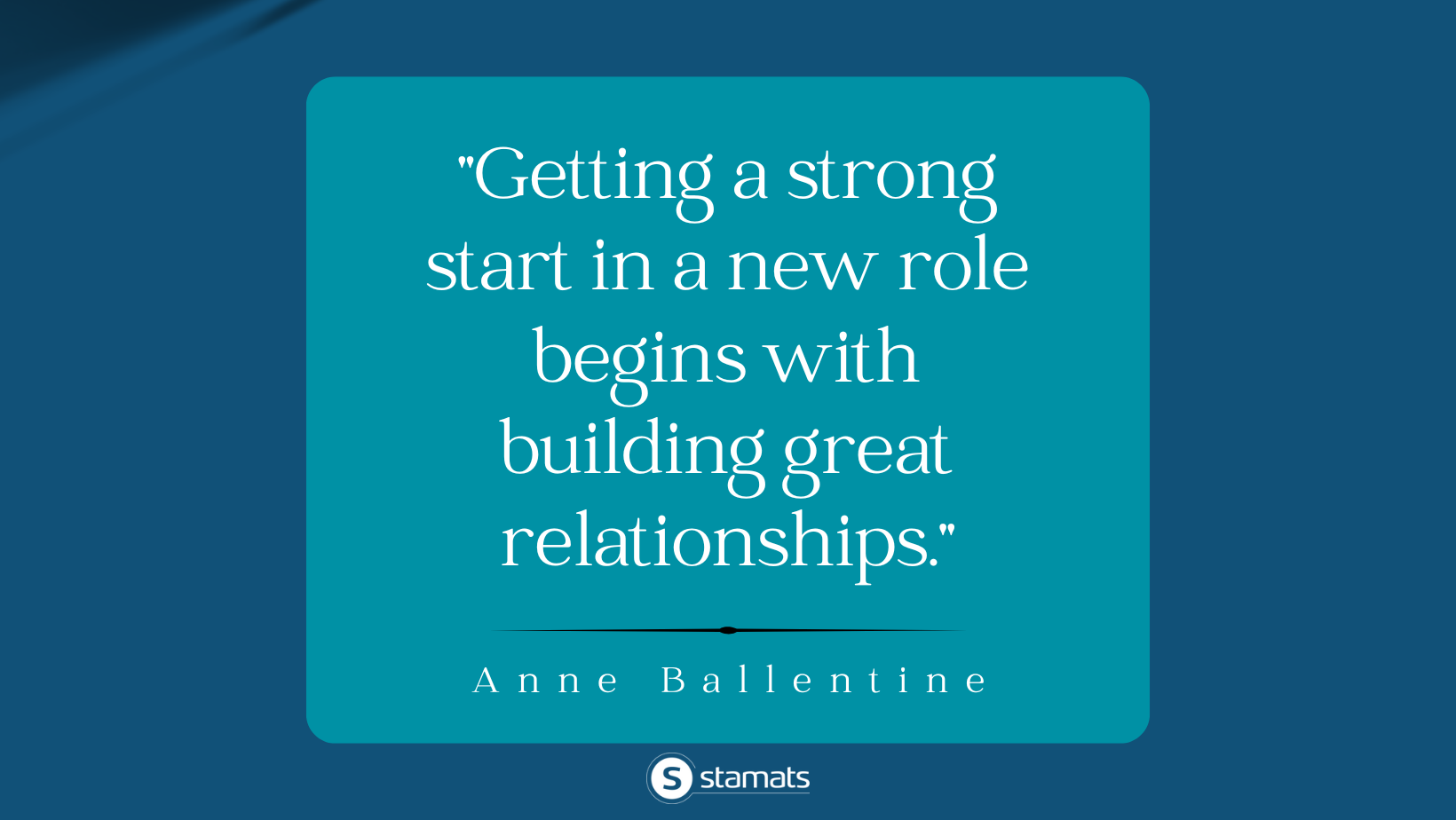Written by
on
Scenario: Marketing and Communications (MarComm) has been asked to promote a new grant that provides a full ride for a program on campus. The money from the grant is received in spring and the college wants to fill seats for a minimum of 10 students for the coming fall. The writers of the grant budgeted $80 to promote the new scholarship opportunity.
Problem: The institution is reaching the end of the fiscal year and the marketing budget is exhausted—and $80 isn’t going to cut it. But enrollment is down and if the program doesn’t meet the minimum requirements, they lose funding.
How does the department get it done? This kind of scenario was presented to me when I was working on an in-house MarComm team. To get the word out, we worked closely with the faculty who were directly involved, and we brought in Admissions and Recruitment. MarComm acted as the project manager and pulled available resources—without accruing additional cost—to help us meet our goal.
By year two, the provost was hiring more faculty for that program. What led to our success? Along with teamwork—and lots of primal screaming—the MarComm team conducted a fast and furious Situational Analysis (SA) early in the process to identify our problems and opportunities and lay a firm foundation to build our marketing plan.
Related reading: Situational Analysis Checklist: Tips for Higher Ed Marketing Teams—Part 1
4 Categories to Organize Your SA Data
In the case of the story above, one can help build a plan by organizing your findings into four categories:
- Near-term problems
- Near-term opportunities
- Longer-term problems
- Longer-term opportunities
In my experience, I would have looked at this scenario and identified the near-term problems or challenges of no funding and a short turnaround. Our opportunity was to build a great team that was focused and unified under a common goal to get the word out and fulfill the enrollment requirements.
Our long-term problem was the ongoing funding to continue marketing the program and retain the five-year grant. Our long-term opportunity was the growth in enrollment and a real-life example of successful marketing that could lead to additional funding for our department.
However, not all problem/opportunity lists are as easy to identify and organize, nor as simple to prioritize in your strategic planning. If you find yourself overwhelmed with a pressing campaign or another marketing matter, use our checklist to help sort out your next steps to meet your short- and long-term goals.
Get Your Free Checklist: Start your strategic planning session off right—and give marketing a seat at the table—with this Situational Analysis planning checklist (PDF).
Ready to Get Started?
Reach out to us to talk about your strategy and goals.


